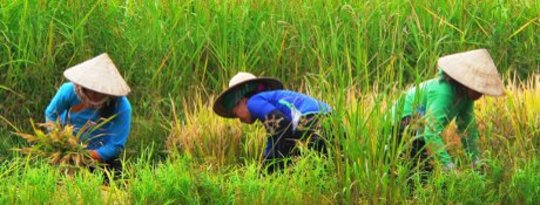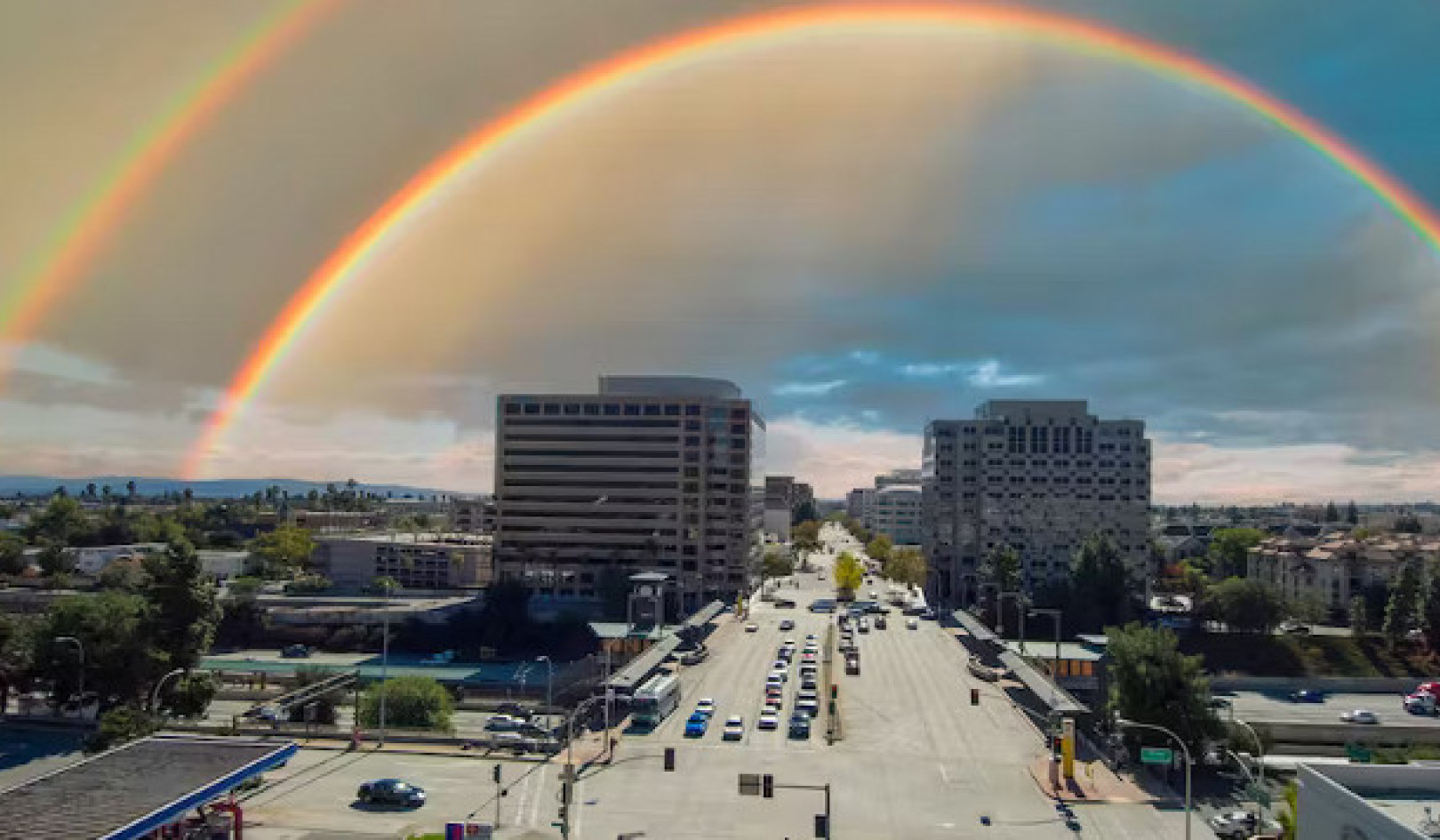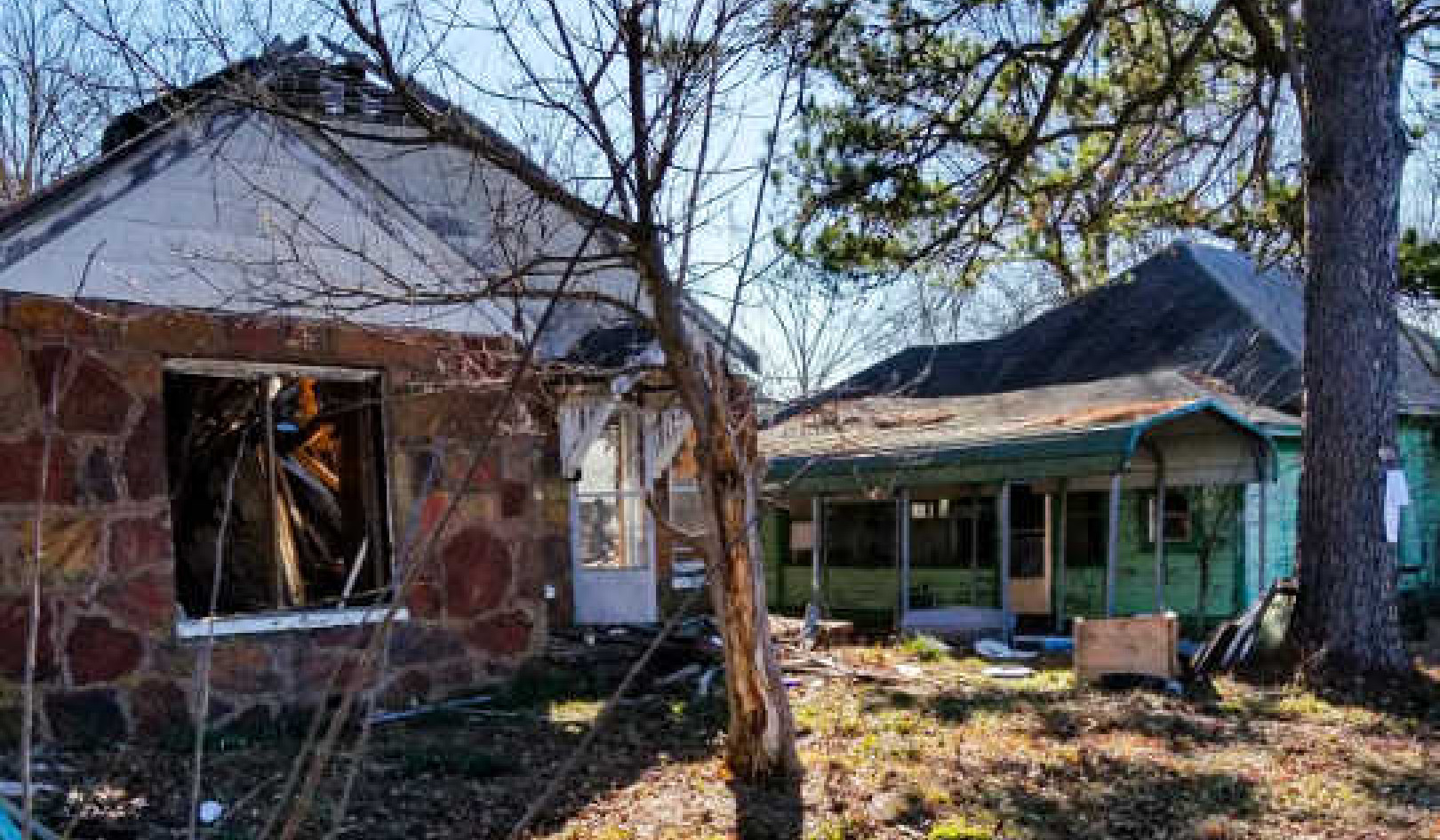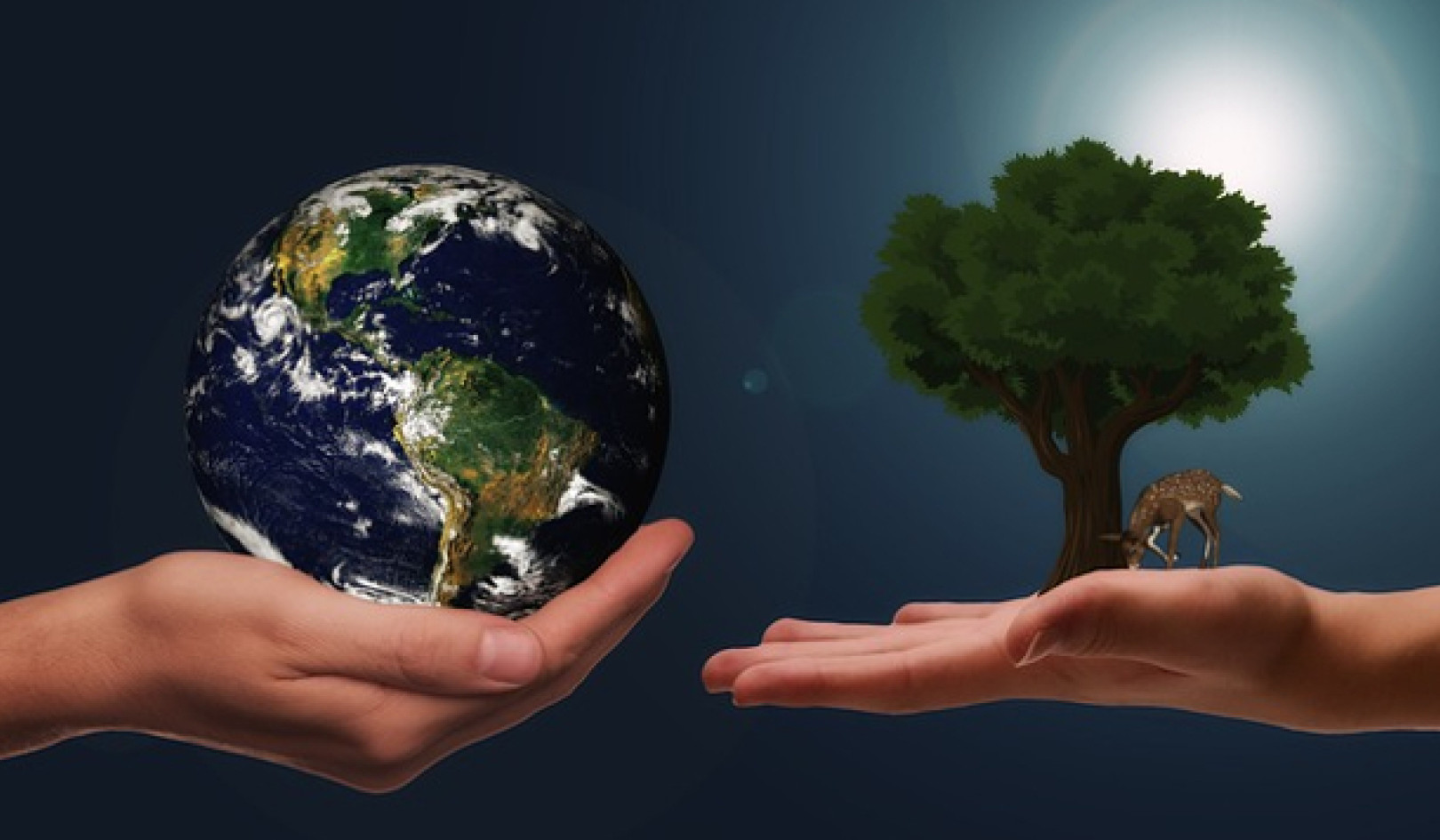
The world faces a serious water crisis, warned former heads of government and experts recently in a book that identifies a multitude of associated security, development and social risks, including food, health, energy and equity issues.
“Water security requires long-term political ownership and commitment, recognition of water’s key role in development and human security, and budget allocations appropriate to the fundamental importance of water to every living thing,” asserted Zafar Adeel, Director of the United Nations University (UNU) Institute for Water, Environment and Health, which published that report last September.
“Many still think the effects of climate change will be local, minor and cumulative,” added another contributor to the study, InterAction Council’s Senior Water Policy Advisor Bob Sandford. “In fact, it will not be long before climate change affects everyone, everywhere, simultaneously, compounding every regional economic, social and political disparity.”
Indeed, such insecurity already touches much of the world, as indicated by the predominance of yellow, orange and red on the Food Security Risk Index 2013 map.
It is vital that we begin to understand in more detail how climatic stressors affect such populations today and how households adjust behaviour to manage these challenges and survive.
Further, it is expected that the world may warm anywhere from 3.5° to 6°C by 2100. The consequences of increasingly variable conditions — less predictable seasons, more erratic rainfall, unseasonable events or even the loss of transitional seasons — will greatly impact already vulnerable households. This may push some into a downward spiral of worsening livelihoods and food security, causing them to suffer combined loss and damage to their well-being greater than anything yet experienced.
It is therefore vital that we begin to understand in more detail how climatic stressors affect such populations today and how households adjust behaviour to manage these challenges and survive. This is precisely why another just-launched research project, directed by UNU Institute for Environment and Human Security (UNU-EHS) expert Koko Warner, focused on unraveling the complexities of changing rainfall patterns and how they affect food security and human migration in the Global South.
The “Where the Rain Falls: Climate Change, Food and Livelihood Security, and Migration” research project — a partnership between CARE International and UNU-EHS (with financial support from the AXA Group and the John D. and Catherine T. MacArthur Foundation) — is one of the first empirical efforts to examine how poor households use migration as a risk management strategy in the face of climate.
Diverse Data And Methods
Where the Rain Falls is more than just another report on environmental migration. In addition to covering a diverse set of research sites, the project’s unique and comprehensive field research effort included participatory research approach sessions and face-to-face household surveys in the study communities. It also incorporated interviews with experts at local, regional and national levels; literature reviews for each case; and the review and analysis of local meteorological data.
{youtube}Zo2cQYkL_Y8{/youtube}
To bring coherence to the evidence generated from the very distinct sites, the analytical framework highlighted key considerations at national, site, and household levels. The initiative claims that it is the first time this combination of methods has been used in a multi-country fieldwork-based project on this research topic.
Further, using the data gathered through the field research, the project has developed a Rainfalls Agent-Based Migration Model (RABMM), which lends insight into potential future household migration decisions. (In the report, RABMM results are presented for the research site in Tanzania.)
In addition, original maps have been developed (by the Center for International Earth Science Information Network, a unit of the Earth Institute at Columbia University) to visually show key data related to rainfall patterns, agriculture, and food security, as well as current migration patterns from the research villages.
Key Findings
The rural people in the eight research locations overwhelmingly observe climatic changes happening today in the form of rainfall variability, and the study found that these perceptions shape their risk management decisions. (In many cases, these perceived changes correlate with the analysis of local meteorological data for the last several decades.)
A majority of the largely agriculture-based households participating — at research sites in eight countries, in Asia (Bangladesh, India, Thailand, Viet Nam), Africa (Ghana, Tanzania) and Latin America (Guatemala, Peru) — reported that rainfall variability is already negatively affecting production and adding to food and livelihood insecurity.
“Even though we have seen that the levels of food insecurity vary across the sites, migration decisions were more closely linked to rainfall in places where the dependence on rain-fed agriculture was high and local livelihood diversification options were low,” Warner explains.
“The communities that participated in the Where the Rain Falls research have tenuous livelihoods, and as the impacts of climate change increase — like floods or droughts or shifting seasons and rainfall patterns — they move closer to the edge of crisis,” adds Tonya Rawe, Senior Policy Advocate for CARE USA. “They need real policy and practice solutions today, at all levels… As impacts increase, households grow more vulnerable and have less capacity to adapt, potentially leading to more migration driven by hunger, undertaken as a last resort, and further increasing vulnerability,” Rawe says.
Equally important to the research is the fact that the initiative is “a research to action project” that gives a platform to stakeholders.
The study discovered that migration — seasonal, temporal, and permanent — plays an important part in many families’ struggle to deal with rainfall variability and food and livelihood insecurity. Households with more diverse assets and access to a variety of adaptation, livelihood diversification, or risk management options can use migration in ways that enhance resilience. On the other end of the spectrum, those households that have the least access to such options often use internal migration during the hunger season as a survival strategy from a set of erosive coping measures that can end up trapping them at “the margins of decent existence”.
Other Facts Brought To Light:
- Migration is largely driven by livelihood-related needs (household income) in most countries, but with a growing number of migrants seeking improved skill sets (e.g., through education) in countries like Thailand, Vietnam and Peru;
- Migration routes were a mix of rural-rural and rural-urban, with the most common destinations being more productive agricultural areas (Ghana, Bangladesh, Tanzania), nearby urban centres (Peru, India), mining areas (Ghana), and industrial estates (Thailand, Vietnam).
- Migration was found to have increased in recent decades in a number of the research sites.
Research To Action
The report maintains that human mobility related to changing rainfall and food and livelihood insecurity can only be successfully addressed if these are seen as global processes and not just local crises. The burden of assisting and protecting vulnerable populations, we are reminded, cannot be shouldered by the most affected states and communities alone. The intention is that a more nuanced understanding will help shape adaptation investments and policies that help ensure that whatever strategies households use, including migration, help boost resilience to climate change.
So, equally important to the research is the fact that the initiative is “a research to action project” that gives a platform to stakeholders (including civil society organizations) and contributes to policy plans and practical interventions at national, regional and local levels. (Not to mention contributing to global policy discussions, such as those on climate change adaptation, resilience and food security.)
The study report lays out a suite of actions for policymakers and practitioners that are designed to support households “to enable them to withstand climatic shocks, to build resilient livelihoods and to access migration as a way to enhance resilience”.
That covers a wide range of actions — from efforts to increase commitments to deliver “adequate, sustainable, predictable, new and additional adaptation finance that promotes transparency, participatory approaches, and accountability” to prioritizing and engaging vulnerable populations, such as development of community-based adaptation activities (CBA) projects in India, Peru, Tanzania and Thailand to help vulnerable households adapt to the impacts of climate change.
“If national and global policymakers and practitioners do not act quickly — both to mitigate global warming and support rural communities to adapt in situ, food insecurity and emigration from areas most negatively affected by climate change are likely to grow in the coming decades, with all the humanitarian, political and security consequences that entails,” underscores Where the Rain Falls Project Coordinator for CARE, France Kevin Henry.
This article originally appeared on Our World
About the Author
 Carol Smith is a journalist with a green heart who believes that presenting information in a positive and accessible manner is key in activating more people to join the search for equitable and sustainable solutions to global problems. A native of Montreal, Canada, she joined the UNU communications team in 2008 while living in Tokyo and continues to collaborate from her current home in Vancouver.
Carol Smith is a journalist with a green heart who believes that presenting information in a positive and accessible manner is key in activating more people to join the search for equitable and sustainable solutions to global problems. A native of Montreal, Canada, she joined the UNU communications team in 2008 while living in Tokyo and continues to collaborate from her current home in Vancouver.
Recommended Book:
How to Change the World: Social Entrepreneurs and the Power of New Ideas, Updated Edition
by David Bornstein.
 Published in over twenty countries, How to Change the World has become the Bible for social entrepreneurship. It profiles men and women from around the world who have found innovative solutions to a wide variety of social and economic problems. Whether they work to deliver solar energy to Brazilian villagers, or improve access to college in the United States, social entrepreneurs offer pioneering solutions that change lives.
Published in over twenty countries, How to Change the World has become the Bible for social entrepreneurship. It profiles men and women from around the world who have found innovative solutions to a wide variety of social and economic problems. Whether they work to deliver solar energy to Brazilian villagers, or improve access to college in the United States, social entrepreneurs offer pioneering solutions that change lives.
Click here for more info and/or to order this book on Amazon.























